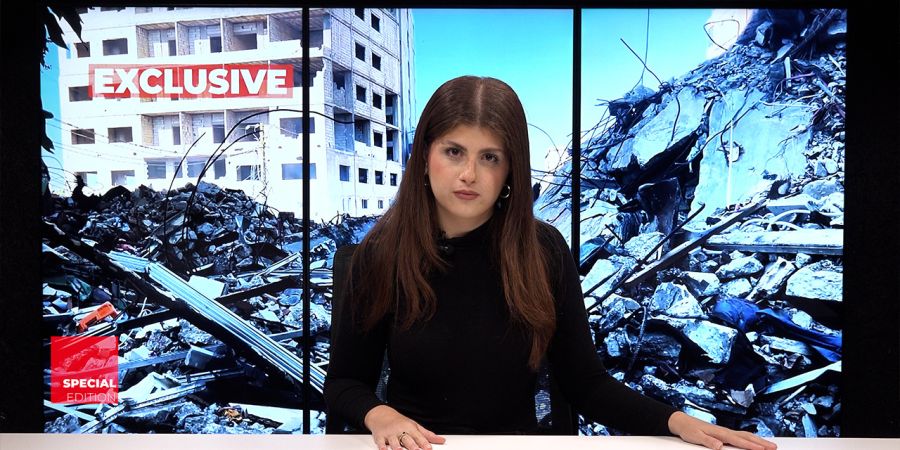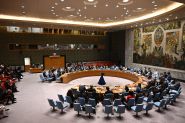South Lebanon Like Never Before
- 15/11/2024
- 5 comments
- 36
- 125


Natasha Metni Torbey 20:15

This is Beirut 19:55

This is Beirut 19:25

This is Beirut 17:10

This is Beirut 10:20

This is Beirut 21:10

This is Beirut 16:25

This is Beirut 16:20

This is Beirut 16:00

This is Beirut 13:39
Chelsea Al Arif 18:20
This is Beirut 17/11 16:25
Malo Pinatel 17/11 15:00
This is Beirut 16/11 17:35

Liliane Mokbel 17/11 19:15

Liliane Mokbel 15/11 18:30

Christiane Tager 14/11 22:43

Liliane Mokbel 14/11 11:25

Christiane Tager 14/11 09:30

This is Beirut 18:00

This is Beirut 16:35

This is Beirut 15:50

This is Beirut 14:00

This is Beirut 10:30


This is Beirut 15:20

This is Beirut 15:00

Makram Haddad 13:25

This is Beirut 12:00

Alain E. Andrea 15/11 16:21

Vanessa Kallas 14/11 10:35

This is Beirut 06/11 19:50

Alain E. Andrea 22/10 17:49

This is Beirut 16/10 15:40

par Ici Beyrouth, 21:10

par Ici Beyrouth, 20:58

par Ici Beyrouth, 20:55

par Ici Beyrouth, 20:15

par Yara Germany, 20:00